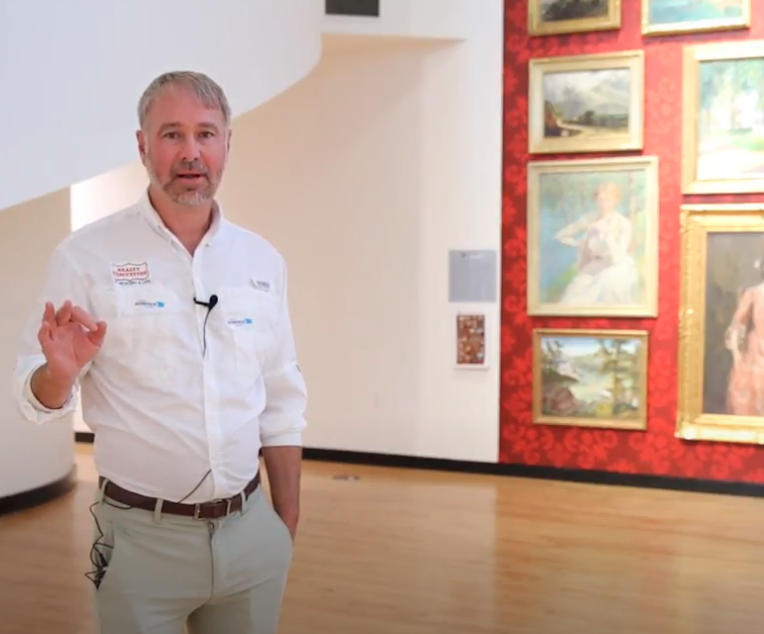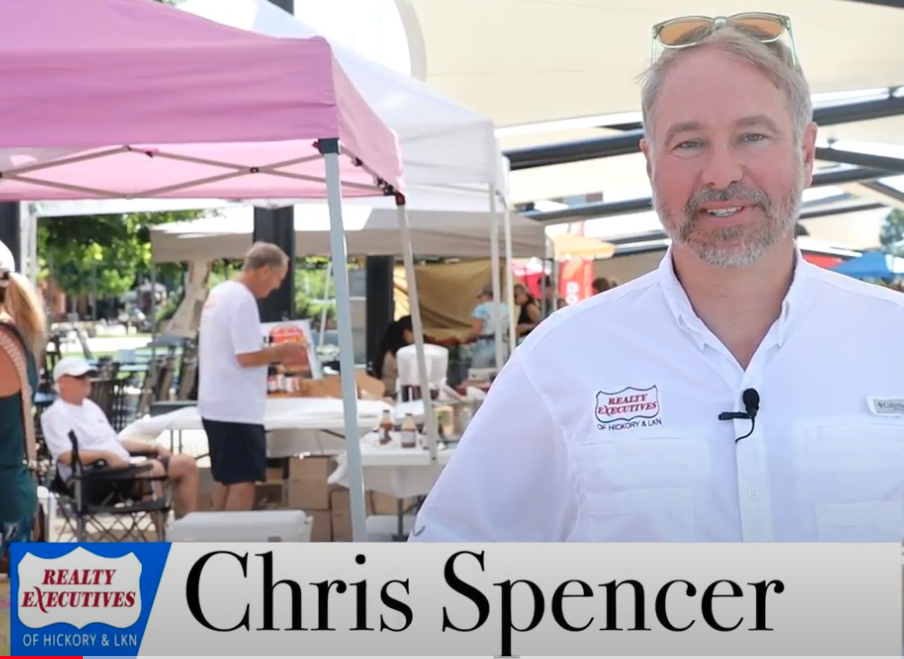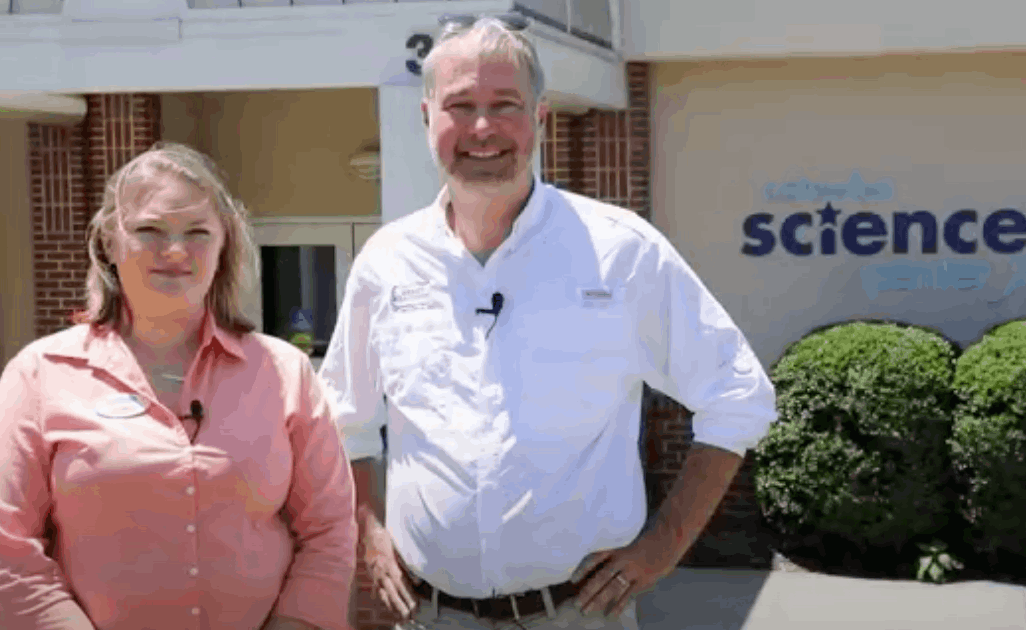How to avoid winter home maintenance issues

Cold weather can wreak havoc on your home. According to the Insurance Information Institute, losses from winter weather average around $1.2 billion a year in the U.S. The best way to avoid problems caused by winter weather and precipitation is to prevent them before they happen. Here are five common problems that occur and some tips on how to prevent them:
1. Roof leaks and ice dams
Small gaps between roofing materials can turn into big problems in the winter when extreme temperatures cause expansion and contraction. To prevent an ice dam from forming, the DIY experts of The Family Handyman Magazine recommend making sure any gaps in the roof or attic that allow hot air to escape from your home are tightly sealed and closed. During warmer weather, look out for water staining, loose shingles, missing caulk, or nails that extend into an attic space. Cleaning your gutters and breaking up piles of ice that begin to form on your roof will also help prevent ice dams. Call a handyman or add these tasks to your to-do list to save yourself from major headaches later.
2. Frozen pipes
When the pipes freeze in poorly insulated areas of your home, the resulting leak can cost thousands of dollars to fix. California Water Service indicates that approximately 250,000 homes suffer severe damage due to frozen pipes that burst and cause damage to floors, walls, and furniture. To prevent frozen pipes, Consumer Reports recommends keeping your heat set to at least 55 degrees, even when you’re not at home. And if you’ll be out of town for an extended period of time, protect vulnerable pipes by adding insulation, opening cabinet doors, or turning off your water.
3. Mold
In winter, mold can grow near improperly insulated vents in bathrooms, laundry rooms, or exterior walls, causing damage to drywall and ceilings. The Center for Disease Control and Inspection suggests using a dehumidifier in problem areas of your house, as well as removing carpeting from any areas that are damp or humid. Inspecting your home for signs of mold can address any air flow problems before they become an issue.
4. Chimney problems
When temperatures are cold outside, creosote begins to form inside your chimney. The Chimney Safety Institute of America says creosote is formed when smoke, water vapor, gases, unburned wood particles, hydrocarbon, tar fog, and assorted minerals leave the fireplace and flow up into the cold chimney. Creosote is extremely flammable and without proper chimney maintenance, your home could be at risk of a chimney fire. Examine the exterior of your chimney for any cracks, warping, or discoloration from smoke before winter arrives. Also, get your chimney inspected and repaired regularly to avoid sparking a fire that could destroy your home.
5. Falling trees
Strong winds, heavy ice and snow can cause branches to fall during winter storms. Trees that tend to fall due to ice and snow storms include willow, white pine and some varieties of maple. Experts recommend trimming overhanging branches that could damage your home if they fall. Bracing tree trunks with cables attached to stakes around the tree is another common solution.
Categories
Recent Posts










